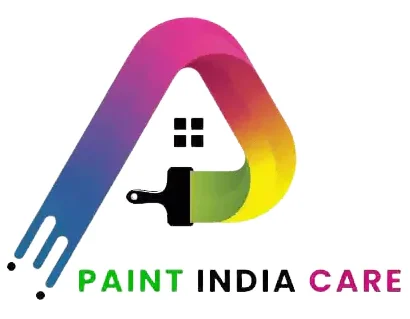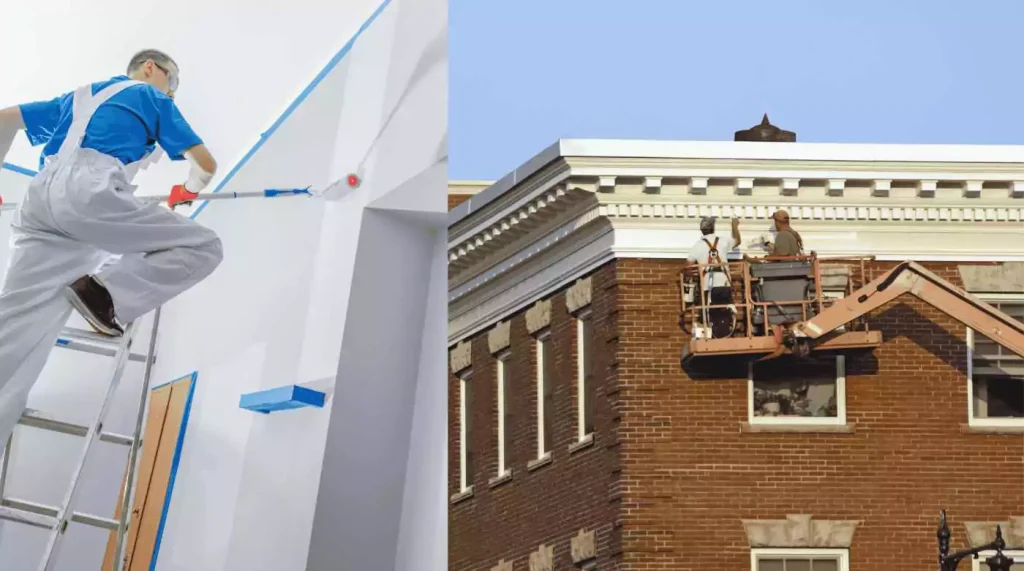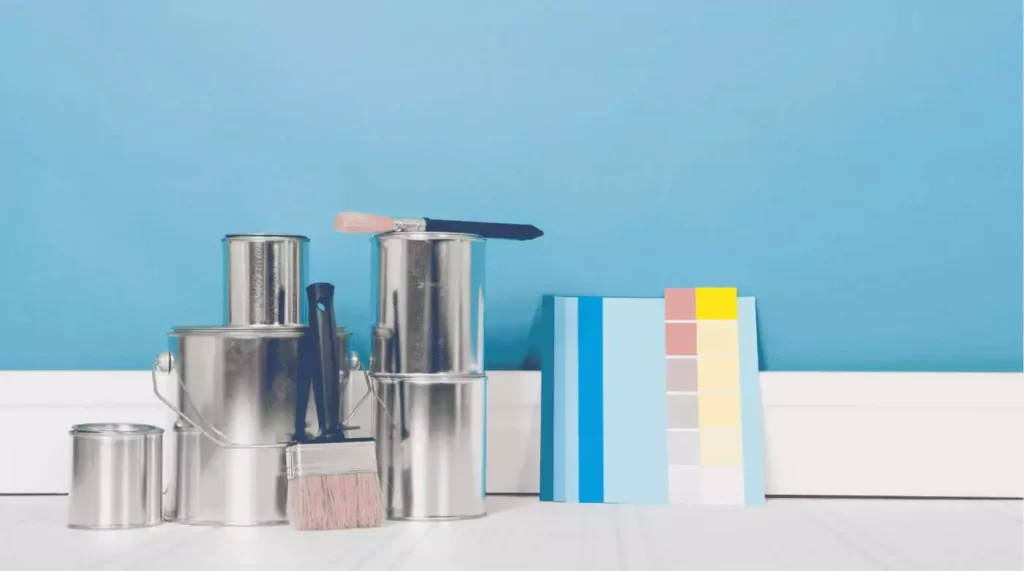Understanding the Differences Between Commercial and Residential Painting
Understanding the Differences Between Commercial and Residential Painting Services Painting a surface goes beyond the mere addition of color, which I as a professional in the painting industry have witnessed. Setting the right mood, be it at home or during working hours, is something that matters a lot to people. In this article, I will share with you my thoughts on the main differences between commercial and residential painting Services, which would be fine-tuned for your needs. 1. The Scope of the Project From my time in the residential painting Services, I found that houses, apartments, and townhouses are often the usual suspects. A lot of the time we do interior walls, exterior panels, fences, and terraces. It’s the family’s personal touch and the feeling that their style is being reflected that they wanted to achieve . My other experience is of painting projects with commercial painting Services that are mainly long standing. We have, among others, buildings, such as offices, warehousing facilities, schools, and even hospitals. These are the types of buildings which often demand painting of huge walls, multi-floor houses, and in the specialized rooms such as industrial kitchens or laboratories. 2. Team Dynamics and Expertise During residential projects, I usually guide a smaller team. We direct our attention to fine finishes, color consultations, and adequate surface preparation. The primary objective is to create an identity with the residents that they will appreciate. For my commercial painting Services, I was even in charge of bigger groups at certain times. The painters who do these jobs are good at coordinating the logistics, tight deadlines; they are doing tasks that can only be done by them. These tasks involved the whole range of things from repairing the outsides of the high buildings to even getting intricate industrial coatings. 3. Tools of the Trade Most of the time, when we are doing residential painting projects, we use relatively simple equipment such as brushes, rollers, ladders. In cases of exterior finishing, we could use pressure-washers and sprayers. The main thing here is to have a nice and smooth finish in your home environment. Commercial projects are another animal coming out of the same zoo in my life. We often need more modern tools for these jobs as we work at commercial buildings. We mostly use pieces of wood, metal, and other materials to erect a small stage enabling painters to get up to high elevations. These tools play a savior for budget-saving performance in large complex industrial-scale tasks. 4. Paint Selection When I consult or I am doing a job for a client at a residence, the sale is completed through design painting that meets the aesthetic requirements. We are using paints that are based on water, oil, and latex with different types of the gloss level. The purpose is to create a beautiful, friendly atmosphere that characterizes the homeowner. In the case of commercial areas, the long-lasting aspect of paints is the most important. We sometimes apply the materials that are flame-free or weatherproof coatings such as radiative paint. They are specifically requested because they are the ones that can withstand the vigorous activities carried out and that maintain their glossy appearance over a long time. 5. Scheduling and Deadlines In the case of residential jobs, we comply with the standard program but with clients’ consent, we could arrange when it is most convenient for them. We always tried to be noiseless when we have to work in one’s living quarters. Commercial painting Services, on the other hand, a more flexible business area. I have been in leadership of teams which finished off their projects in the nights and over the weekends to avoid interrupting business operations. The emphasis is on shortening the deadlines while allowing business to continue functioning. 6. Range of Services Services in the residential area cover such items as interior and exterior painting, deck staining, trim, cabinet painting, drywall repair, power washing, and exterior painting. We are dealing with the aesthetic of homes and property value up-grading mostly. And as for the commercial work, the service I have supplied included the sale and installation of industrial coatings, branding of walkways, renovation of masonry, and application of high-durability coatings to those areas that have a lot of traffic. These services are geared more towards the unique needs of the business and commercial sectors. 7. Safety Considerations Safety is always the first concern, but in one place, it is mostly done with simple measures, e.g. secure ladder use and ventilation, but in another place, it may be the cause of high risk. At home, we usually deal with hazards like ladders and ventilation which are quite simple to do. In my experience, the riskier projects are those of a commercial nature. When working on multi-story structures and behind the industrial setting, strict safety controls have to be taken that will ensure a zero percent accidents record. In that vein are fall safety, hazards clearance, and coordinating with other trades on-site should also be involved. 8. Budget and Cost Factors In residential projects, the price is typically lower than the one in commercial. This depends on the square footage of the area, the quality of the paint and the detailing done to the surface before painting the paint on. The majority of commercial projects usually are high-budgeted affairs because of their scope and specialization, and their use of high-grade materials. Nevertheless, cost can be hardly reduced per square foot in some larger projects, thus would be cost-saving. Frequently Asked Questions What exactly does commercial painting involve? Commercial Interior painting Services covers a wide range of business and public builds such as offices, a part of the shopping mall, hospitals, and big constructions. I have done office buildings, retail stores, hospitals, and industrial facilities paints as well. It is usually required to have expertise and tools to handle a huge job quickly and safely. Is commercial painting always more expensive than residential? Indeed, commercial ones are generally pricier simply due to the













